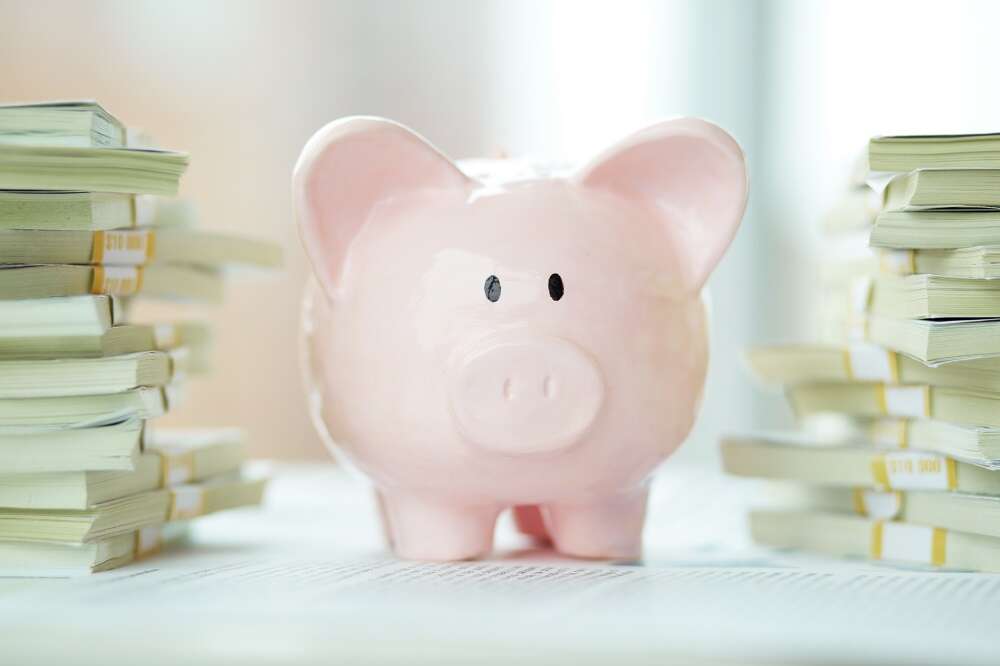
How to save for a down payment
Saving for a down payment is a crucial step in the journey to homeownership. Whether you’re planning to buy your first home or upgrade to a new one, having a substantial down payment can make a significant difference in securing a mortgage with favorable terms. In this comprehensive guide, we’ll explore various strategies and tips on how to save for a down payment. From setting a budget to exploring additional sources of income, we’ll cover everything you need to know to reach your homeownership goals.
Create a down payment savings plan
The first step in saving for a down payment is to create a detailed savings plan. Here’s how to get started:
Set a Specific Savings Goal:
Determine the amount you need for your down payment, typically a percentage of the home’s purchase price.
Use online mortgage calculators to estimate your target down payment amount based on your desired home price.
Establish a Timeline:
Decide on a realistic timeframe in which you want to achieve your down payment goal.
Break it down into smaller, manageable monthly or weekly contributions.
Track Your Progress:
Regularly monitor your savings progress to stay on course.
Consider using budgeting apps or spreadsheets to track your income and expenses.
Budget wisely
To save effectively, you’ll need to create and stick to a budget. Here are some key steps to budget wisely:
Calculate Your Income and Expenses:
Determine your monthly income from all sources, including your salary, freelance work, rental income, or any other revenue streams.
List your monthly expenses, including rent or mortgage payments, utilities, groceries, transportation, insurance, and entertainment.
Identify Areas for Savings:
Review your expenses and identify areas where you can cut back. This may include dining out less, reducing subscription services, or finding more affordable alternatives.
Create a Budget:
Set spending limits for each category of expenses based on your financial goals. Make sure to allocate a portion of your budget specifically for your down payment savings.
Stick to Your Budget:
It’s essential to stay disciplined and adhere to your budget. Consider using budgeting apps or software to help you track your spending and savings.
Cut unnecessary costs
Reducing unnecessary costs can accelerate your down payment savings. Here are some practical tips to cut expenses:
Reduce Dining Out:
Cooking at home can save you a significant amount of money. Consider preparing meals in bulk and bringing lunch to work.
Cancel Unneeded Subscriptions:
Evaluate your subscriptions to streaming services, magazines, or gym memberships. Cancel those you don’t regularly use.
Negotiate Bills:
Contact service providers for your cable, internet, or insurance to negotiate better rates or explore more cost-effective options.
Buy Secondhand:
Opt for secondhand items when shopping for clothing, furniture, or electronics, as they are often significantly cheaper than brand-new items.
Increase your income
While saving money is essential, increasing your income can also significantly impact your ability to save for a down payment. Here are some ways to boost your income:
Side Hustles:
Consider taking on a part-time job or freelancing to earn extra money. You can explore options like online tutoring, freelance writing, or gig work.
Sell Unneeded Items:
Declutter your home and sell items you no longer need through online platforms or yard sales. The proceeds can go directly into your down payment fund.
Rent Out a Room:
If you have extra space in your home, consider renting a room or listing it on platforms like Airbnb to generate additional income.
Automate your savings
Automating your savings is an effective way to ensure you consistently contribute to your down payment fund. Consider the following strategies:
Set Up Automatic Transfers:
Arrange for a portion of your paycheck to be automatically transferred to a dedicated savings account for your down payment.
Round Up Purchases:
Some banks offer programs that round up your everyday purchases to the nearest dollar and transfer the spare change into your savings account.
Use Apps:
Explore financial apps that can help you save effortlessly. Many apps offer features like round-up savings, goal setting, and financial tracking.
Explore down payment assistance programs
Many regions offer down payment assistance programs to help first-time homebuyers. These programs can provide grants or low-interest loans to help you bridge the gap between your savings and the required down payment. Be sure to research and check if you qualify for such programs in your area.
Consider investing
If your timeline for buying a home allows for some risk, consider investing your down payment savings in a diversified portfolio. This can potentially generate higher returns than a traditional savings account. However, it’s essential to consult with a financial advisor to ensure you’re making informed investment decisions.
Stay disciplined and patient
Saving for a down payment can be a long and challenging process, but it’s worth it in the end. Stay disciplined, follow your budget, and continue to seek ways to boost your savings. Remember that homeownership is a significant financial milestone, and with patience and determination, you can achieve your goal.
Saving for a down payment requires careful planning, budgeting, and discipline. By setting clear goals, tracking your progress, and making strategic financial decisions, you can steadily work towards your homeownership dreams. Whether you’re a first-time buyer or looking to move into your dream home, following these tips on how to save for a down payment will bring you closer to making that dream a reality. Start today, and take the first step towards owning your own piece of the world.


